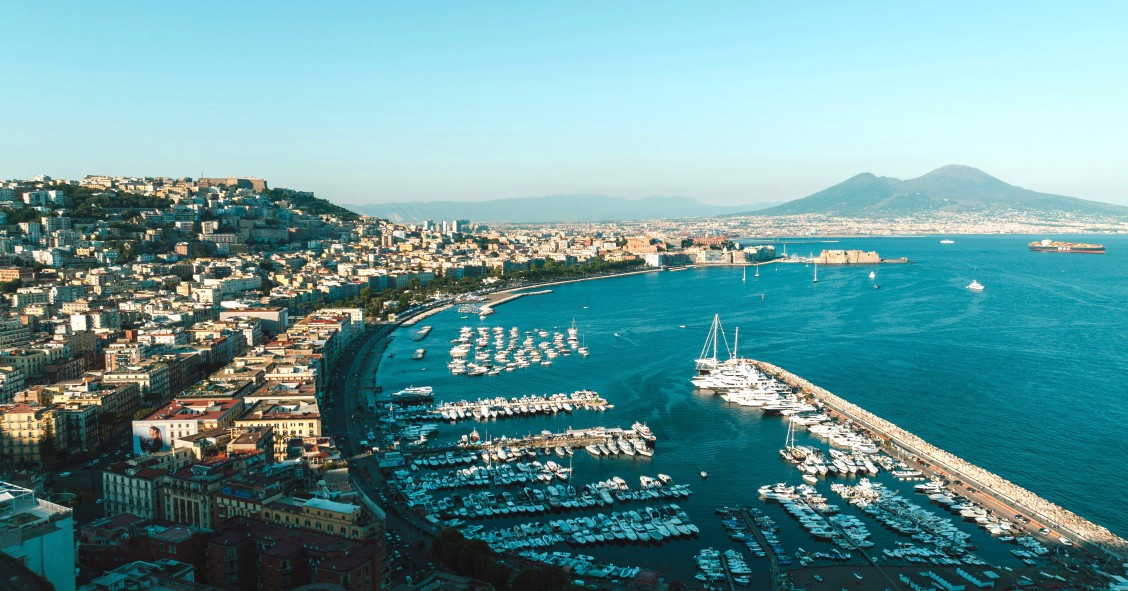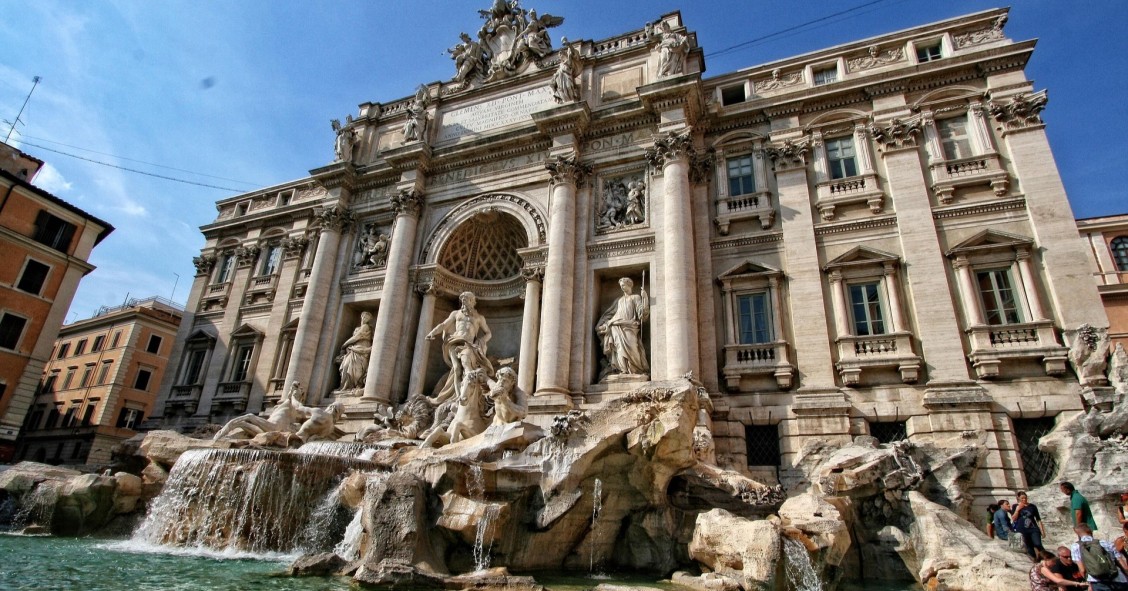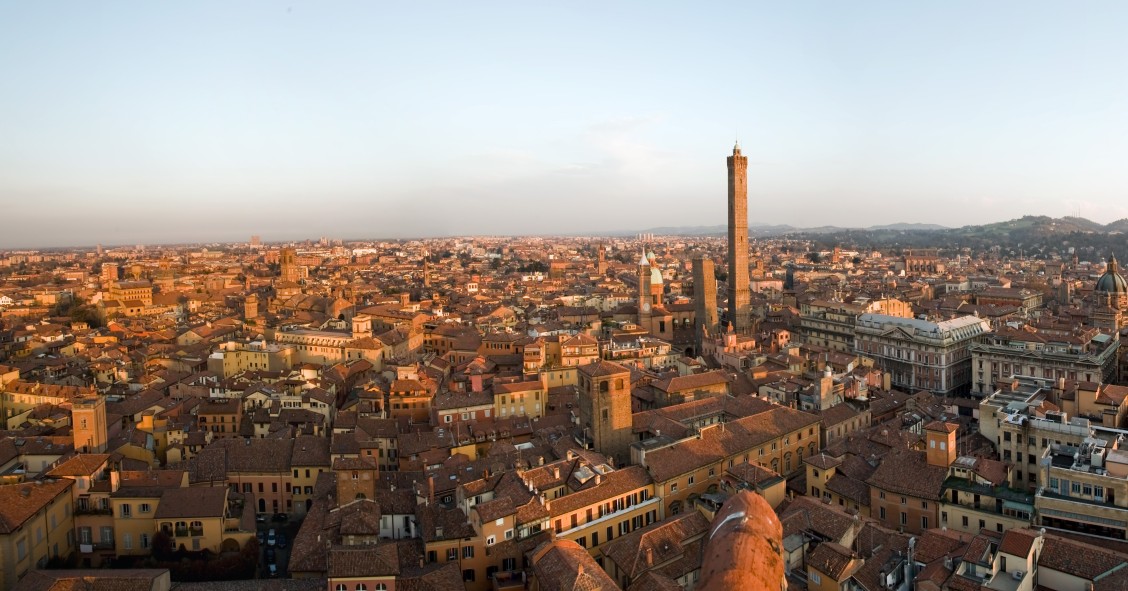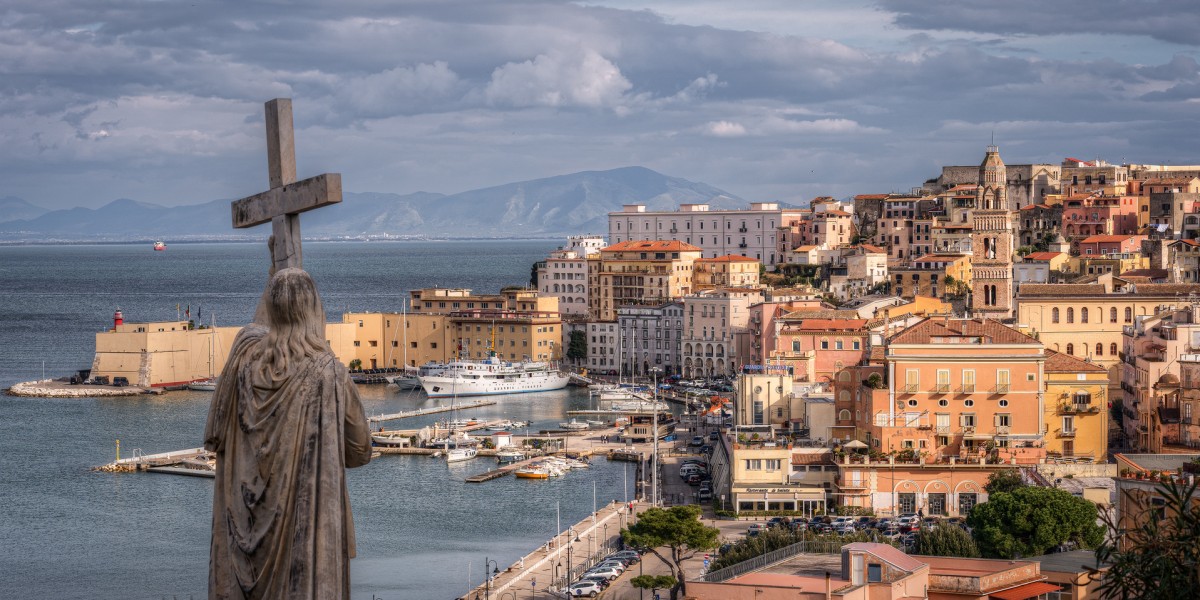
Living in Lazio means waking to Rome’s cobbles, slipping off for salty‑air Saturdays, lingering over lunch, then swapping to crisp winter hikes when the season turns. It’s an easy rhythm of city, coast and countryside, with market days, trattorie and ancient stones as your everyday backdrop. Getting around is straightforward too, putting the rest of Italy within easy reach.
What is Lazio famous for?
Ancient Rome, of course, plus Etruscan UNESCO-protected sites at Cerveteri and Tarquinia, and Renaissance Tivoli. When it comes to gastronomy, you have the famous Roman pasta canon: carbonara, amatriciana, and cacio e pepe. Wine in Lazio runs deep, too, with Frascati DOC, Cesanese del Piglio DOCG, and Est! Est!! Est!!! di Montefiascone, just three of the region's most iconic wines.
Is Lazio a good place to live?
Career-wise, Rome pulls you in with ministries, media houses and museums, while many families and remote workers settle in the Castelli Romani or by the lakes for gardens, hill breezes and slower evenings.
Trains run reliably between the big hubs, though life in perched hill towns flows better with a car, and it pays to plan around August slowdowns. Community shows up at the market stall and the neighbourhood bar, where people remember your order before your name. Homes range from Belle Époque apartments in Prati to garden villas in Grottaferrata, fishermen’s flats by the boardwalk in Ostia Lido, and thick‑walled stone houses around Viterbo.
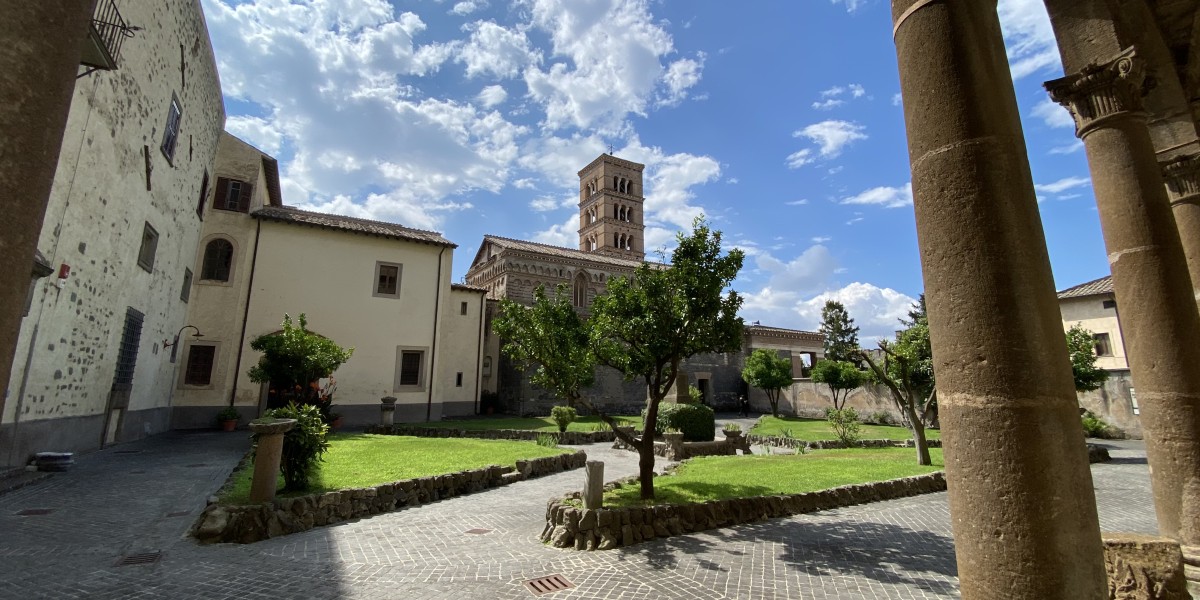
Pros and cons of living in Lazio
Life here comes with a lot to love and a few quirks to plan around.
Some of the pros of life in Lazio include:
- Variety on your doorstep: city culture, Tyrrhenian beaches and mountain trails within 90 minutes.
- Solid connectivity: two airports, high-speed rail, plus regional lines to coastal and inland towns.
- Food and culture every day: museums, opera at Teatro dell’Opera di Roma, trattorie like Armando al Pantheon, and weekend wine trips in Frascati or Cesanese country.
A few cons to keep in mind:
- Rome rents and fees bite, and paperwork moves more slowly than in the north.
- Traffic and ZTL rules in the capital take getting used to; summers can be hot, and August can feel like a long Sunday.
Best places to live in Lazio
Unsurprisingly, many newcomers choose to live in Rome, but many cheaper and more chilled areas in the region could suit young families or retirees better.
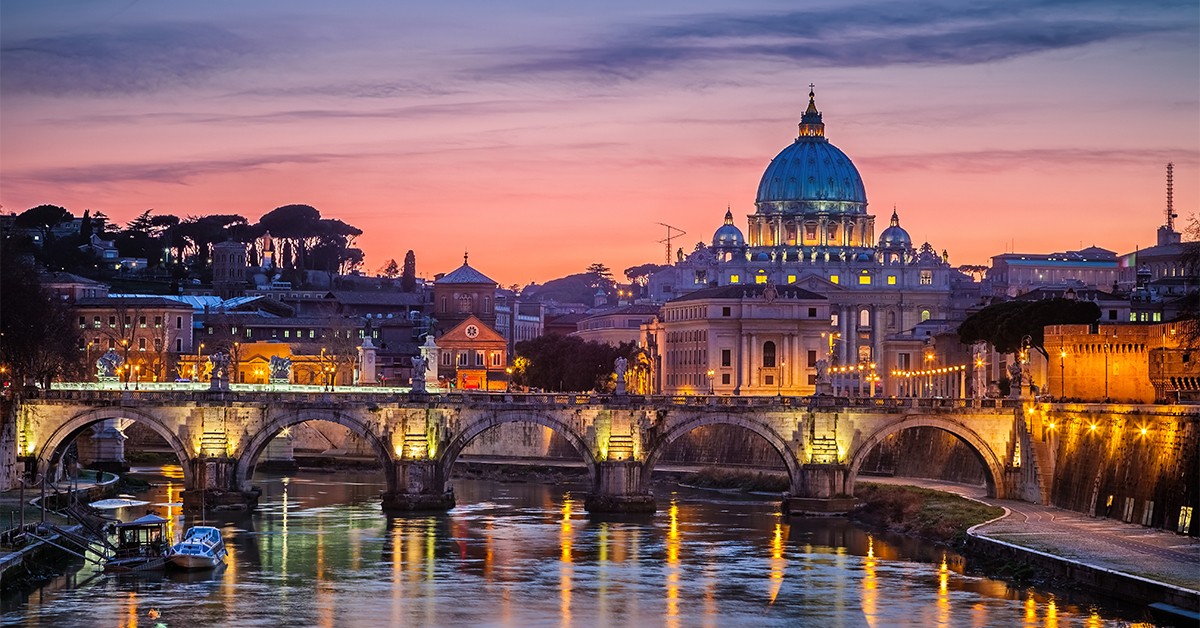
Rome – Prati and Flaminio
Leafy boulevards, early 20th‑century palazzi and an easy stroll to the Vatican Museums, MAXXI and Auditorium Parco della Musica. Metro A keeps commutes straightforward, and there’s a good mix of schools, markets and neighbourhood trattorie. But be aware, after the centre, it's the most expensive neighbourhood to live in.
It suits professionals and families who want calm streets without losing central convenience.
Rome – Monteverde and Gianicolense
A greener slice of the city wrapped around Villa Doria Pamphilj and close to Gianicolo viewpoints, with the Tram 8 gliding into Trastevere and the centre. Think weekly markets, local cafés and classic restaurants, plus roomier flats at gentler prices than across the river.
Well suited to families, runners, dog owners and anyone who wants a villagey feel in Rome.
Rome – Garbatella and Ostiense
Garden‑city courtyards and painted façades meet warehouse lofts and street art around Via Ostiense. Metro B links to the centre, and you’ve got markets, craft beer spots at the old Ostiense station.
A good fit for creatives, first‑time renters and remote workers after character and better value than the historic core.
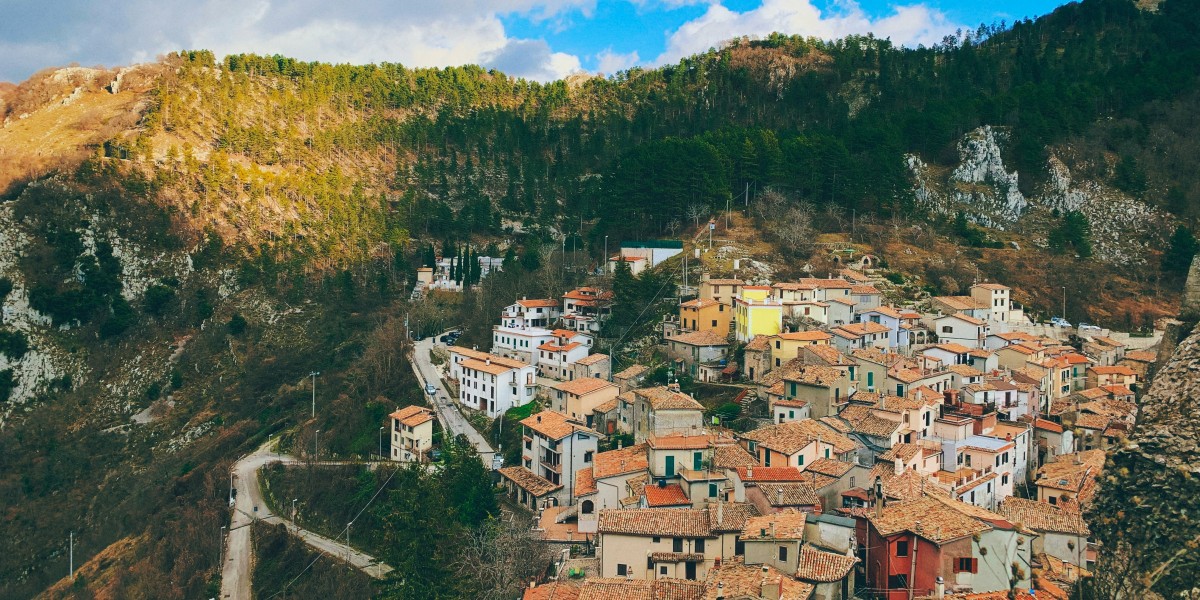
Castelli Romani
Volcanic hills just south‑east of Rome, dotted with wine towns, like Frascati, Grottaferrata, Ariccia, and Nemi. You'll have chestnut woods and lake views. Wine taverns, cooler summers and gardens make day‑to‑day life feel relaxed, with commuter trains from Frascati and Marino to Termini.
Families and hybrid commuters tend to thrive here, especially if a car is in the mix.
Coastal south
Long sandy bays, clear water and the protected trails of the Riviera d’Ulisse frame towns like Sperlonga, Gaeta, Formia, and Terracina, each with a distinct old centre and plenty of outdoor life. Formia‑Gaeta has direct trains to Rome, while summer brings festivals and a livelier pace.
Best for sea‑loving families, sailors and remote workers who want beach mornings and city days as needed.
Northern Lazio/Tuscia
Medieval lanes in Viterbo’s San Pellegrino quarter, hot springs at the Terme dei Papi, lake swims on Bolsena, and Etruscan archaeology in Tarquinia shape a slower rhythm. Housing is kinder on the wallet, and weekend explorations never run out.
It suits history buffs, remote workers and anyone craving small‑city calm.
Ostia Lido and Fiumicino
Wide promenades, dunes and the Fusano Castle with its pine forest sit on Rome’s doorstep, with seafood spots and sunset walks as standard. The Roma–Lido line connects Ostia to the capital, and Fiumicino (FCO) airport makes travel painless.
Great for airport workers, beachgoers and families who want salty air with city access.
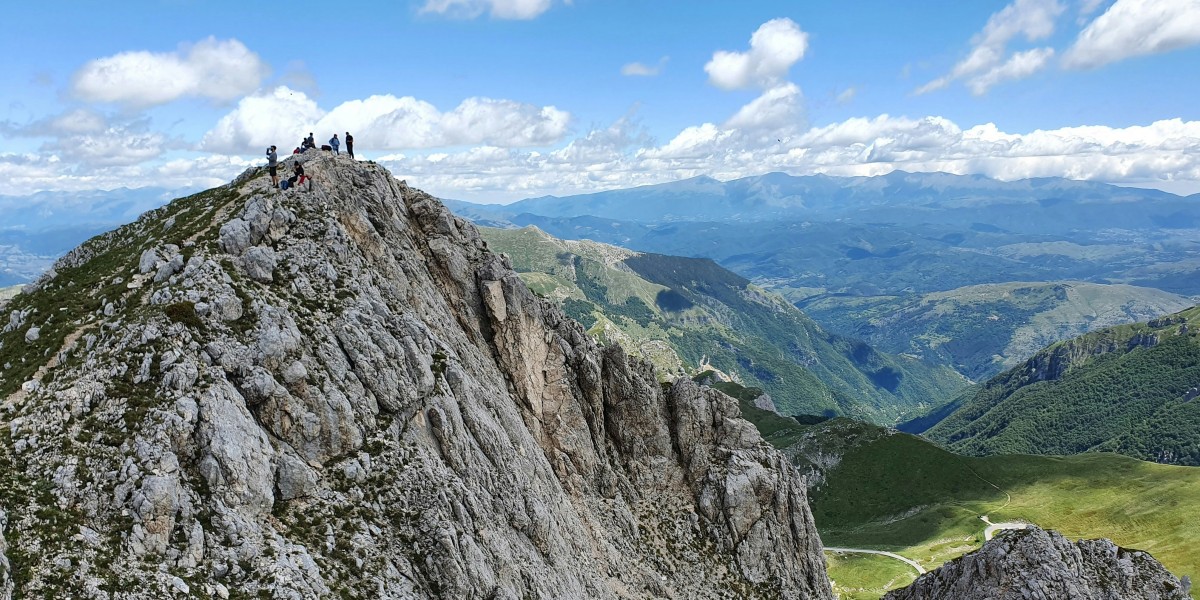
Tivoli and Guidonia‑Montecelio
UNESCO showpieces Hadrian’s Villa and Villa d’Este, terraced gardens and hilltop views make Tivoli a classic choice. Nearby Guidonia offers more space and straightforward road links. Commuter trains and coaches keep Rome within reach.
A match for culture lovers and buyers chasing larger homes without Roman prices.
Rieti and the Sabina hills
Olive groves, stone villages and the Apennine backdrop of Monte Terminillo define this corner, with proper seasons and strong community ties. Life moves at a gentler pace, and hiking or cycling starts at your doorstep.
Ideal for remote workers, outdoorsy types and families seeking value and space.
Frosinone and Ciociaria
Hilltown silhouettes, the Cyclopean walls of Alatri, and papal history in Anagni meet hearty Ciociara cuisine and down‑to‑earth prices. Industry brings jobs along the valley floors, and a car helps string the towns together.
As the cheapest province in Lazio, it suits budget‑minded buyers, history fans and commuters tied to local manufacturing hubs.
Cost of living in Lazio
As of October 2025, property prices in Lazio averaged around €2,113 per m². Within the region, Rome is the most expensive province at €2,502 per m², while Frosinone is the cheapest at €767 per m². Rent prices in Lazio averaged €15.5 per m² in the same month, so an 80 m² flat would typically come in at about €1,240 per month. By province, Roma sits around €16.8 per m² and Frosinone around €7.2 per m².
Day to day, a cheap main course at an inexpensive restaurant is about €17 according to Numbeo, a meal for two at a mid‑range place is roughly €65, and a beer out around €5. A cappuccino or coffee at a café averages €1.70, and a standard loaf of fresh white bread is about €1.85. Basic utilities for an 85 m² flat usually fall in the €150–200 per month range, depending on the season and usage.

Jobs and the regional economy
Rome anchors public administration, embassies, culture and heritage. There’s media and film at Cinecittà, logistics and aviation around Fiumicino, aerospace in Colleferro, and year-round tourism across the region. Universities add academic and admin roles.
Expats often work in education, NGOs, hospitality, tech or fully remote roles. Salaries trend lower than in Milan, but the gap narrows when you factor in housing outside the centre.
Schools and healthcare in Lazio
International schools in Rome cover most curricula: American Overseas School of Rome, St George’s British International School, Marymount International School Rome, and Rome International School, among others.
Healthcare is solid in the region of Lazio. Major public hospitals include Policlinico Gemelli, San Camillo-Forlanini, and Bambino Gesù for paediatrics. Register with the Servizio Sanitario Nazionale (SSN) to get your family GP and tessera sanitaria.
Culture, food and weekend escapes
In Lazio, you’re tripping over history on the way to buy bread. One morning, it’s the Colosseum, the next you’re walking the old harbour streets of Ostia Antica or ducking into Etruscan tombs. On Sundays, locals cycle the Via Appia Antica, sun on the pines and cobbles under your wheels.
Food is full‑throttle Roman. In Testaccio, the tradition of quinto quarto (nose‑to‑tail cooking) still shapes menus, and you’ll find faithful plates of cacio e pepe, amatriciana and carbonara. Between meals, grab supplì on the go, or slip into a fraschetta (rustic wine tavern) for a carafe and a slab of porchetta.
Weekends are easy. South of Rome, Parco Nazionale del Circeo gives you dunes, lagoons and quiet pine forest trails, with modernist Sabaudia for a gelato after the beach. Inland, the lakes each have a personality: wind‑ruffled Bracciano with its castle and sailing scene, tiny Nemi for wild strawberries, and broad Bolsena for swims and long, lazy picnics.
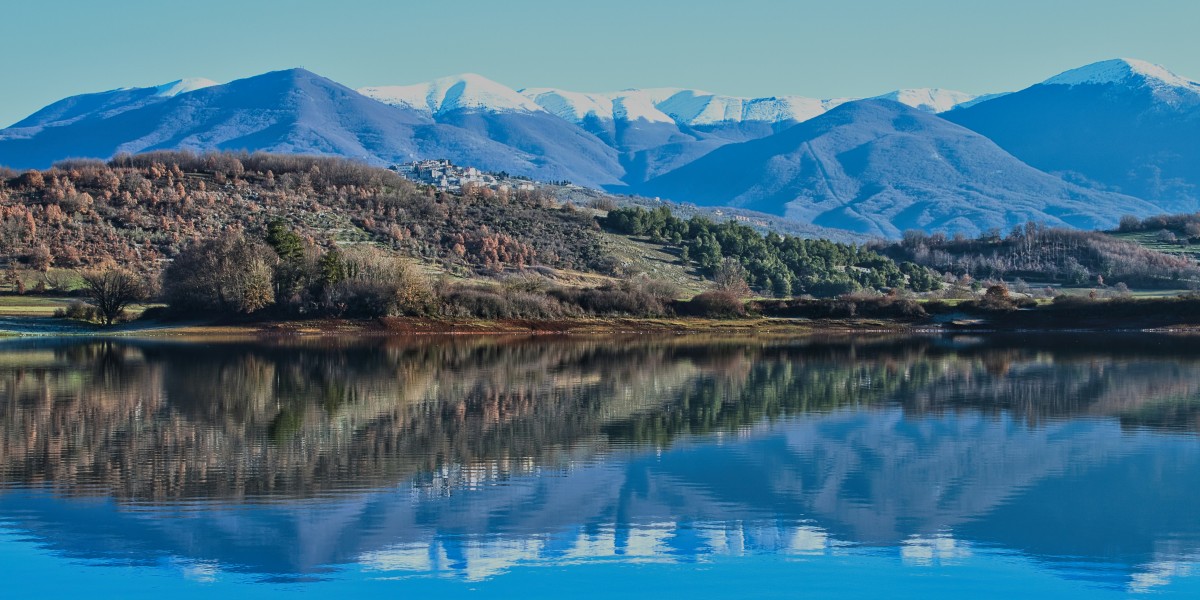
Moving to Lazio
The paperwork isn’t glamorous, but it’s manageable with a clear run‑order. EU citizens register residency at the comune; non‑EU folks pick the right visa route first and apply for a permesso di soggiorno soon after landing.
In your first fortnight, aim to get a codice fiscale, sign a registered lease, open a bank account, declare residency, and set up utilities. Working out how much it is to buy property in Italy before moving will also avoid any nasty surprises. Driving deserves its own plan: many non‑EU licences aren’t swappable, so allow for theory and practical tests, and get familiar with ZTL rules and resident permits if you’ll be near a historic centre.
Living in Lazio as a foreigner
Rome is sociable once you plug in. Meetup groups and InterNations are busy, and language schools make it easier to break out of an expat bubble.
The quickest way into local life is through habits: join a sports club, follow your quartiere’s market days, and keep an eye on your comune’s website for festivals, paperwork updates and neighbourhood meetings. Learning a bit of Italian goes a long way with shopkeepers and neighbours, and most towns have cultural associations that welcome new faces.
Expect things to pause mid‑August and for offices to prefer appointments, so plan admin with a little slack and celebrate small wins with a coffee at the bar.
Living in Lazio as an American
There’s been a steady trickle of Americans choosing Italy in recent years. Rome soaks up a big share thanks to English‑friendly services, international jobs and a ready‑made community around embassies, NGOs and universities. Visa‑wise, the classic routes still lead the way: elective residency for retirees or those with passive income, employer‑sponsored work permits, and study visas. A slice of Americans qualify for Italian citizenship by descent.
On the practical front, keep the US tax in view early. Worldwide taxation and the US–Italy treaty mean a cross‑border adviser is worth their fee, especially for remote workers or business owners. Driving is simple for the first year with your US licence plus an International Driving Permit, then you’ll need to switch to an Italian licence.

Stay in the know about living in Italy as a foreigner—get our weekly newsletter for the latest travel, legal, and lifestyle news.

